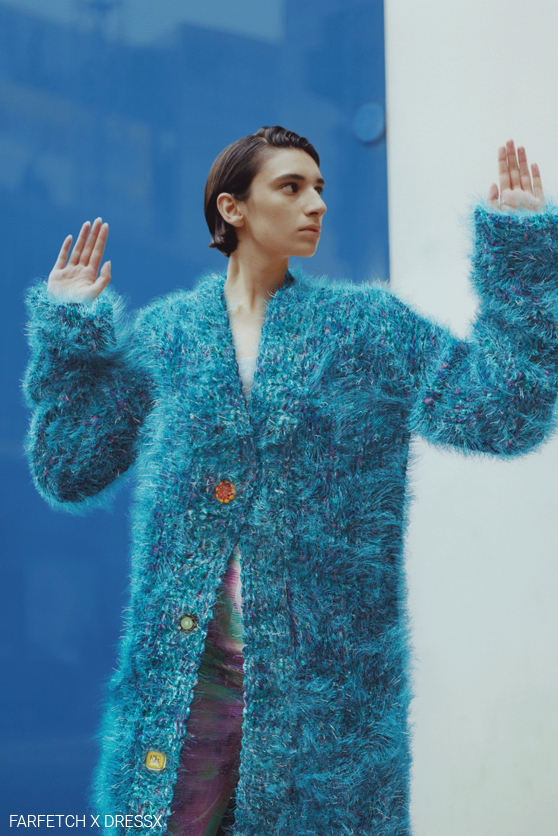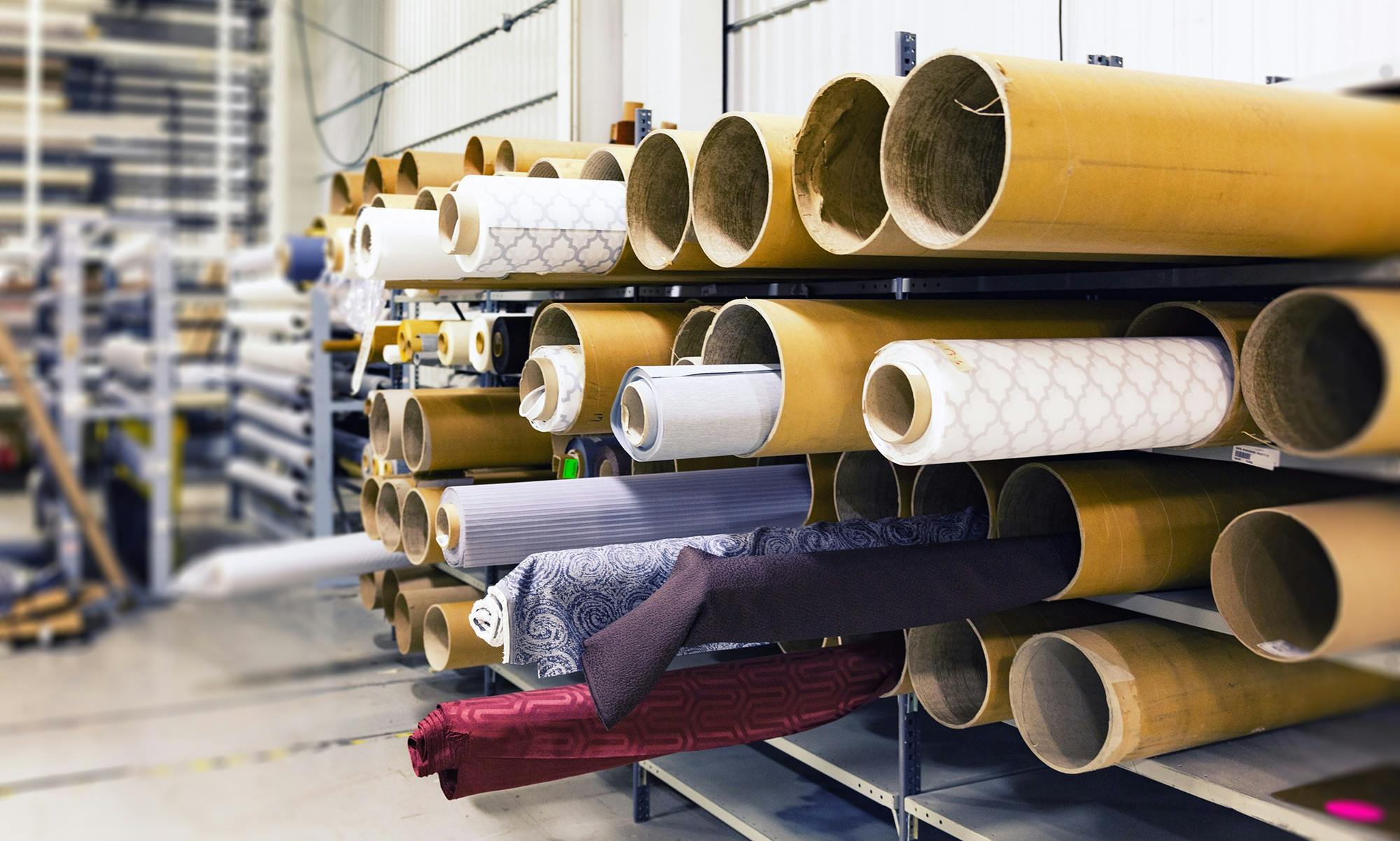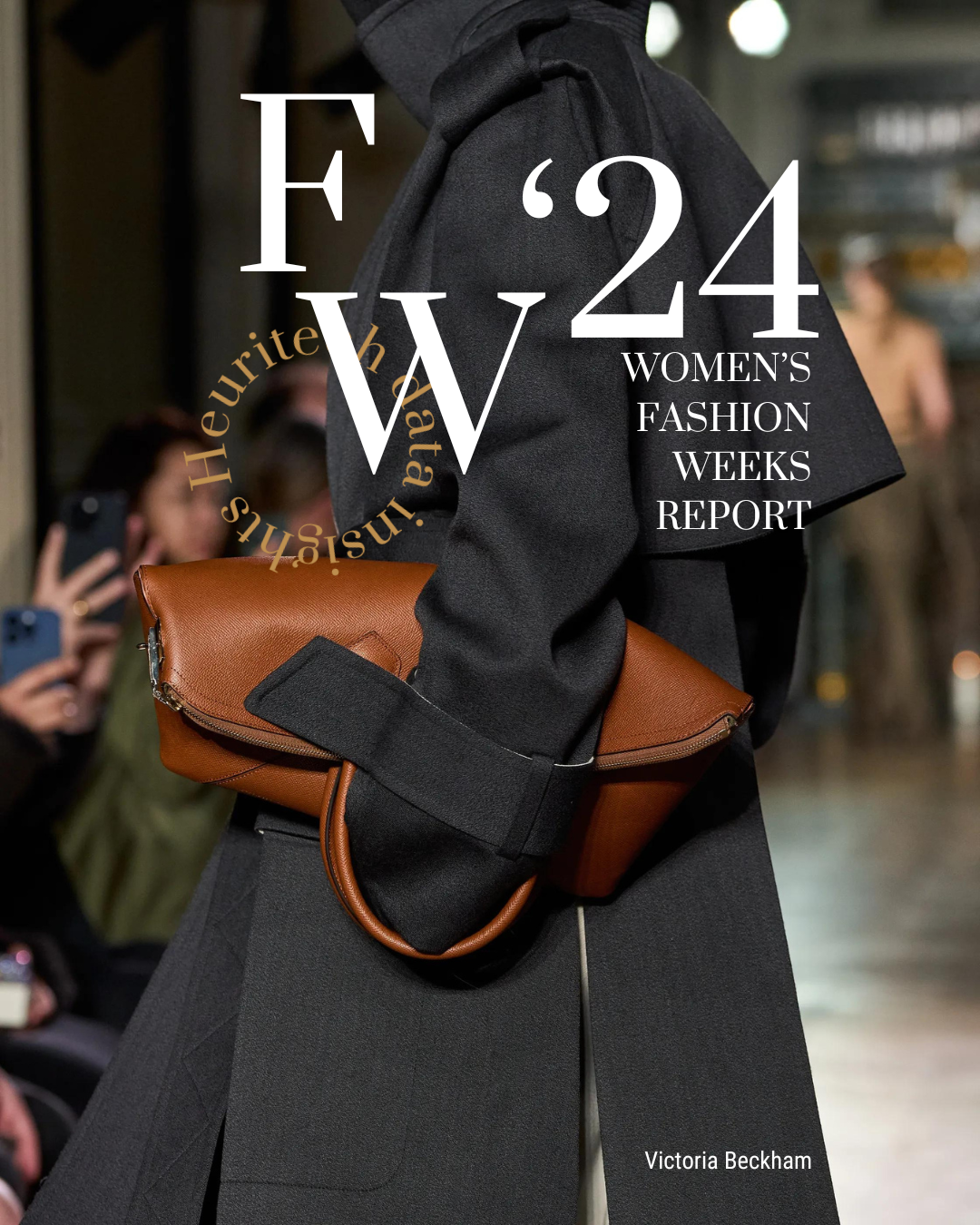As fashion and technology become increasingly intertwined, fashion jobs are evolving. Designers, stylists, buyers, merchandisers, marketers — everyone is on board this fast-moving train fuelled by creativity and innovation. In order to understand how exactly technological innovation is changing the work landscape, let’s focus on one job in particular: merchandising. A fashion merchandiser is essential to a brand’s operation, and they are set to ensure maximum sell-through. They are creative and analytical, using these strengths to plan collections, manage inventory, sift through data, stay up-to-date on trends, and ultimately, satisfy consumer desires.
Merchandisers are in a unique position because they are often the common denominator for many collection decisions within a fashion brand, working with diverse teams from suppliers, to designers, to marketers. And like any job that requires one to stay alert and stay ahead in order to remain relevant, merchandising is being transformed by new technologies and innovations.

Merchandisers are creative and analytical, using these strengths to plan collections, manage inventory, sift through data, stay up-to-date on trends, and ultimately, satisfy consumer desires.
Technologies are changing a consumers’ relationship with fashion itself, from trend adoption to shopping behaviors, and there exist a multitude of innovations that allow merchandisers to adapt to this new landscape and make it their own. To get a concrete understanding of the ways merchandisers can embrace fashiontech innovation in 2022, we’ll be taking a look at three gamechangers:
- On-demand production
- Blockchain technology
- RFID tags
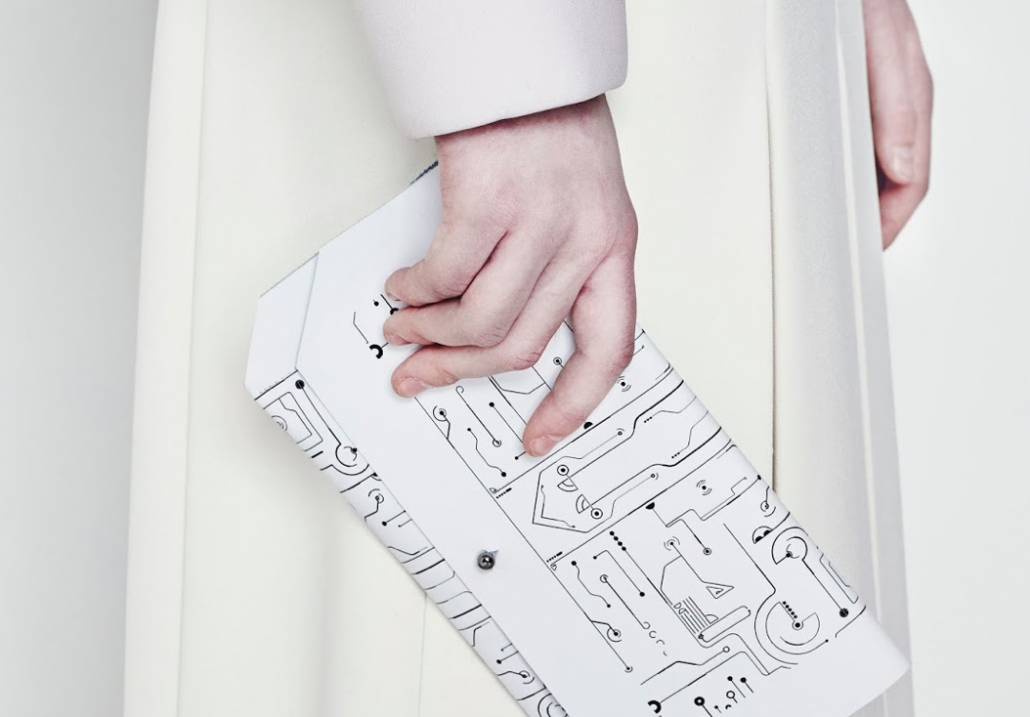
On-demand fashion production to innovate agility and sustainability
In fashion, on-demand production is quite self-explanatory — it is a model in which products are only manufactured once the customer has requested it. Brands send the manufacturer only the required materials needed for the determined quantity once their customers’ pre-orders are taken into account. While there are downsides to on-demand, or made-to-order production, notably longer wait times for the customer, this method is a major innovation in managing demand, avoiding unsold inventory, and preventing waste.
On-demand is a model in which products are only manufactured once the customer has requested it.
For merchandisers, on-demand production offers benefits in agility and efficiency to the role, because this model is a far cry from traditional wholesale manufacturing which entails bulk orders once or several times in a season. So what are the upsides for fashion merchandisers who harness on-demand production for their brand?
1. Exactitude in inventory quantity
Merchandisers traditionally make educated guesses on product assortment and quantity based on data such as past sales, market demand, and trend forecasts. With on-demand, though, the element of guesswork is removed entirely for the merchandiser, because customers’ orders have already been taken into account. Product sourcing, production, and delivery comes only after orders have been placed, so merchandisers can more easily make inventory decisions, boost profitability, and maintain market share. Because orders are made online, and this data is synchronized and centralized, merchandisers can respond agilely to actual demand.

2. Keeping up with the latest trends
In the internet era, trends change overnight and it’s up to merchandisers (as well as designers) to keep up with these microchanges in order to remain relevant. Traditional bulk orders and pre-season collection decisions are not particularly adaptable to such rapid market shifts, even with big data. With the on-demand model, merchandisers create smaller, sometimes more frequent collections for the consumer, avoiding undesirable trends and thus unsold inventory. Merchandisers can introduce microtrends at the fast pace of the market and maintain a competitive edge.
3. Embracing sustainability
Finally, a major benefit of on-demand production is its positive environmental impact. Fashion’s biggest problem is waste, so many merchandisers work hard to determine the most accurate product quantities and assortments in order to avoid overproduction. The made-to-order model leaves little to no waste because the merchandiser knows exactly what to include in the collection, and when.
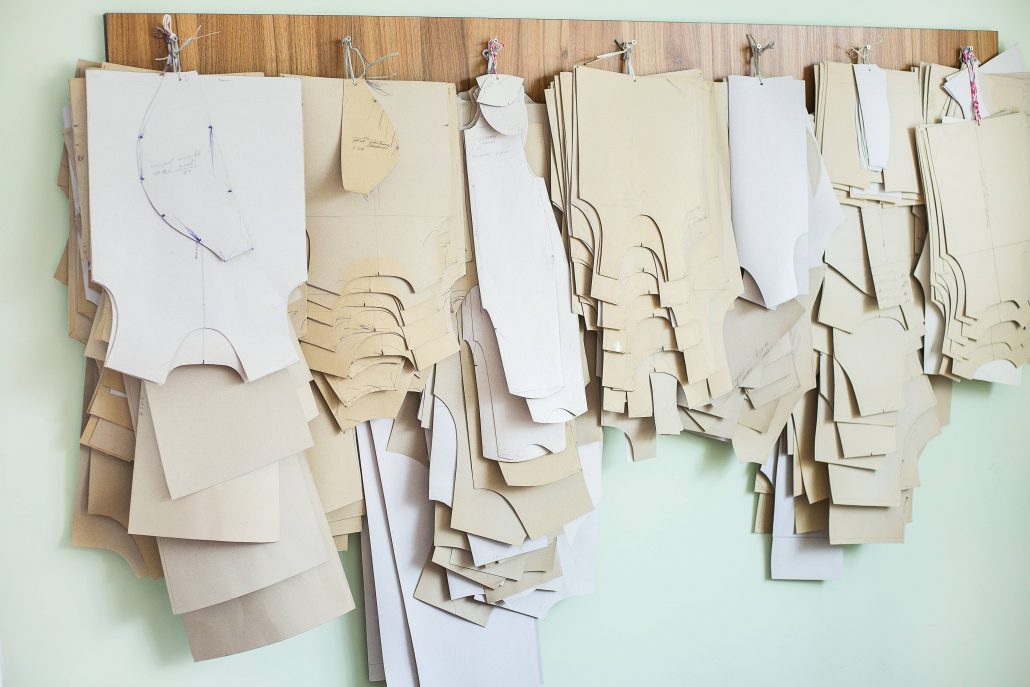
On-demand production may seem avant-garde to some brands, but more and more companies are jumping on the bandwagon for its many benefits. Farfetch, for instance, recently collaborated with fashiontech company DressX to create a digital garments collection available by pre-order only. Other companies are facilitating the transition to on-demand, like software platform UnmadeOS which allows merchandisers and designers to work together to design and manufacture products via their operating system. There are many more examples, but ultimately, on-demand production is a game changer for merchandisers, who have always known how to remain on the cutting edge of tech innovation in their work in order to remain competitive in their market.
Blockchain, an innovative tool for merchandisers
Blockchain is another innovation that’s been taking the fashion world by storm. This Industry 4.0 technology creates a decentralized, global network of computers which track, process, and verify information, leading to greater transparency, authenticity, and sustainability. In fashion, blockchain-related terms like “the metaverse” and “NFTs” are hot, a nod to the rapid digital transformation of the industry. But it’s the underbelly of the blockchain that is most useful for merchandisers — its impact on the production process.
1. Ensuring transparency and sustainability
With blockchain technology, merchandisers can follow progress along the supply chain more easily than the traditional approach of data silos and isolated production steps. How? Because the nature of the blockchain is that it tracks each and every transaction, or event in a specific product’s lifecycle. Arianee, for instance, is a blockchain consortium which provides this traceability for fashion brands on their products.
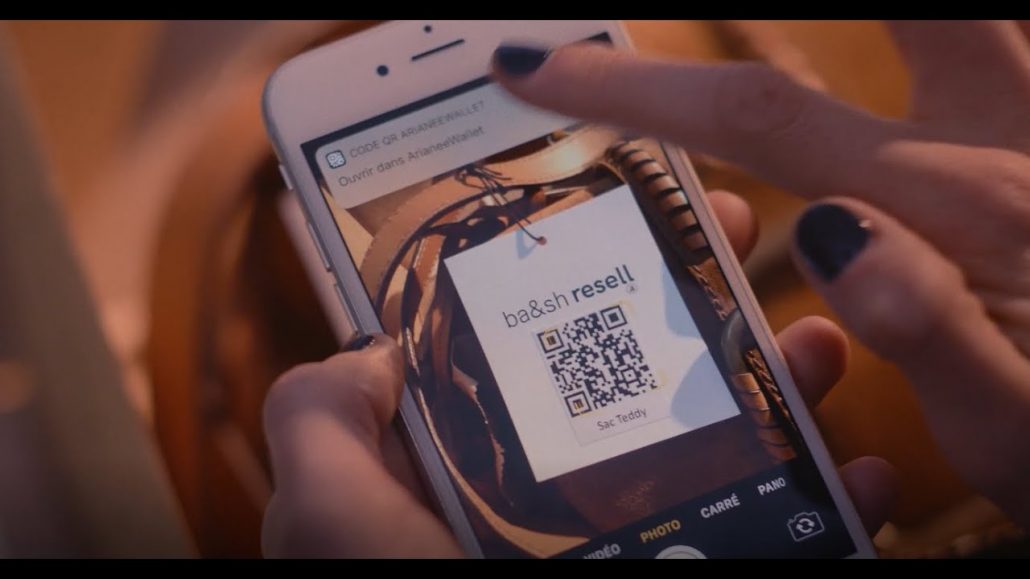
For merchandisers, this is an incredibly useful tool. Once collection decisions have been made, the blockchain allows merchandisers to follow along closely with steps in the production process, including:
- Material sourcing
- Manufacturing
- Delivery
An added benefit of supply chain transparency is that it forces brands to be honest about their sustainability claims, because the product information cannot be doctored or masked.
2. Proving the authenticity of each and every product
Additionally, merchandisers can ensure that each product they include in a collection is authentic, both for their own benefit as well as that of the consumer. Some of the top luxury players are already doing this — LVMH, Richemont, and Prada Group are part of a collective non-profit blockchain platform in which their brands can track and trace products with a unique digital identity. With this approach, merchandisers are able to avoid counterfeit products entirely and prove their products’ authenticity.
Ultimately, merchandisers have been and will continue to be highly involved in the production process — it’s what they do. When innovative technologies like the blockchain offer such a range of benefits to facilitate this work, it only seems natural to enquire. Through blockchain technology, merchandisers can:
- Utilize superior data management tools
- Improve their supply chain management
- Avoid the grey market
- Behave more sustainably

Discover our report on how merchandisers and technology can work together
The many benefits of RFID tags for merchandisers
Another innovative technology changing how merchandisers operate is Radio Frequency Identification, or RFID. In the fashion industry, more and more brands and retailers are adopting RFID tags, a wireless technology which can identify, track, and communicate information on an object. In fashion and retail, RFID technology brings a host of advantages to the brands themselves, but also to the merchandisers who are directly affected by the changes brought on by this technology.
Indeed, according to Vogue Business,
“The global RFID market is expected to rise to $17.4 billion by 2026.”
1. Better management of stock and inventory
Under- and overstock are major challenges for any merchandiser. Merchandisers are accustomed to making decisions about product assortment and quantity, but the numbers can’t always be exact without the right technology. RFID tags fill this gap, because they offer an accurate view of total inventory and calculate stock, which allows merchandisers to make precise inventory and stock decisions. This is particularly useful for in-store stock, because merchandisers can calculate exactly how much of which products are needed in-store and in holding. Real-time stock availability is crucial for customer purchases as well as retention, so much so that:
“80% of consumers say they’re less likely to visit a store if the website doesn’t provide real-time stock availability.”
McKinsey & Co.
By implementing these tags, brands can search, identity, track, control, and communicate with retail associates.

2. Greater supply chain transparency
Like blockchain, RFID tags provide transparency on the supply chain for merchandisers who need to be able to track where and when their products are along their lifecycle, from manufacturing to delivery. RFID tags relay where exactly stock is located, how much inventory is available, and when the products can be distributed.

This is a major step forward from bar codes, which require manual, one-by-one attention in order for products to be properly accounted for and tracked. With these tags, each product is traced, and merchandisers lose less time seeking this information themselves or from other teams — RFID technology’s centralized data hub ensures that all teams within a fashion brand receive real-time data, all in the same place.
3. Improved gauge on consumer habits and experience
RFID tags are also a reliable source of information on consumers’ shopping habits in-store and online. These tags take records of if they’ve been scanned, if the product was taken to a fitting room, if the consumer ultimately made a purchase, and everything in between. For merchandisers, it’s useful to have data on consumer behavior in order to make more accurate product assortment and quantity decisions for future stock. A typical example of RFID tags used to track consumer behavior for inventory could look like this:
- A customer takes 5 or 6 garments equipped with RFID tags to the fitting room.
2. Afterwards, the customer purchases a pair of trousers and a sweater from the garments they’ve just tried on.
3. Over the next month, more customers likewise purchase these garments together.
4. The merchandiser notices a pattern, allowing them to include this product association in the store’s next stock-up.
Details such as these are why RFID tags are so useful for tracking consumer behaviors which aren’t always predictable.
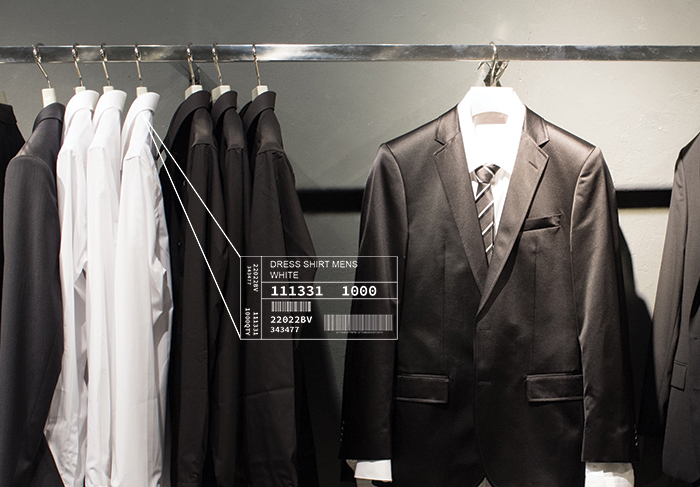
While “radio frequency identification” may sound daunting, the benefits are not. RFID tags offer much to merchandisers, and from a big-picture perspective, to the brand as a whole. Competition has only grown with the rise of e-commerce, DNVBs, and the shift in brick-and-mortar stores’ spot in the shopping landscape, and an innovative technology such as this one gives brands the opportunity to adapt to market and consumer changes with grace.
Arms open to innovation in 2022
Merchandisers are able to capture the strengths of creativity and data in order to push their fashion brand forward. The ability to plan collections, monitor inventory, and keep consumers satisfied is no small task, so cutting-edge technologies in fashion are essential to help merchandisers achieve these goals. In this article, we focused on only a few innovations — on-demand production, blockchain technology, and RFID tags — but there are many more. The door is wide open to digital transformation for merchandisers; all they need to do is take the key.
